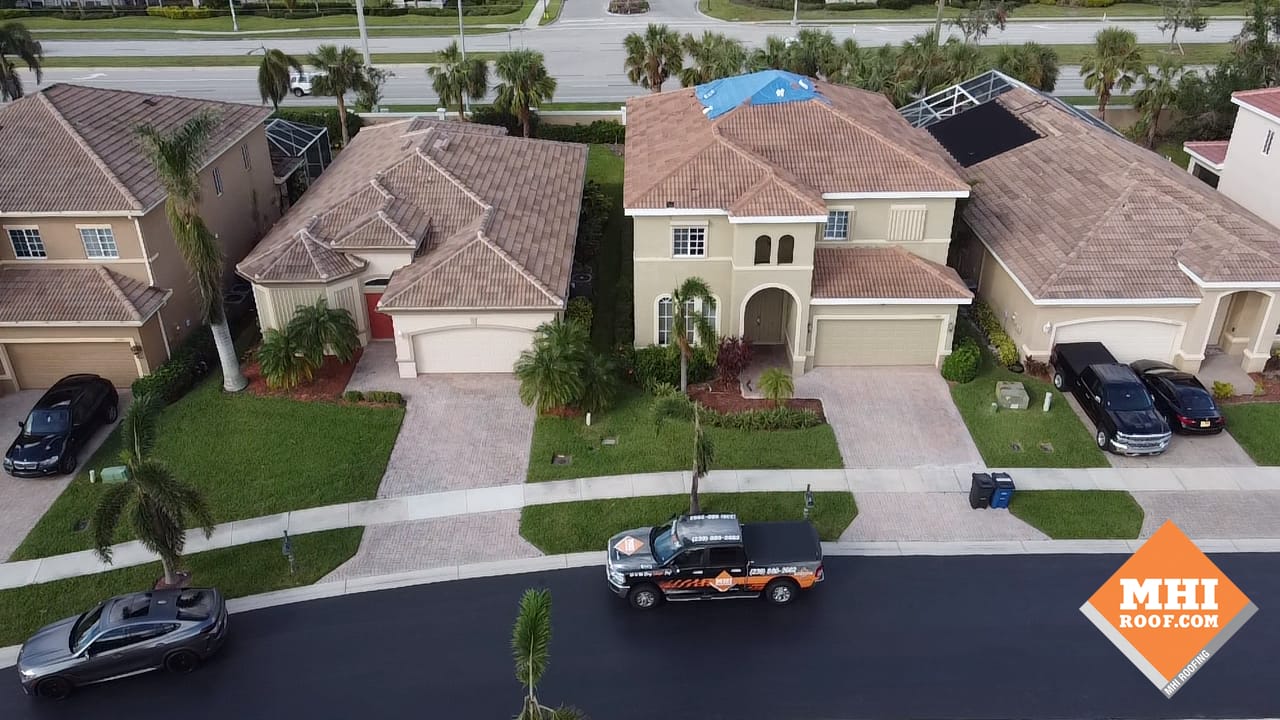Florida state legislature implemented new roof requirements for homeowners insurance in Florida in May 2022. This new legislature states that “[Insurance] Companies would be blocked from denying coverage because of a roof’s age if the roof is less than 15 years old. And for roofs that are older than 15 years, insurers would have to allow homeowners to have an inspection of the roof’s condition before refusing coverage. If the inspection shows the roof has five or more years of useful life left, the insurance company could not reject coverage simply because of age.” With Florida home insurance roof requirements being an increasingly noteworthy issue for both insurers and homeowners, it’s important for homeowners to understand how to navigate roof requirements for homeowners insurance in Florida. Here’s some of what you should know, though we encourage you to research these policies in greater detail. (Know more about property insurance)

How Your Roof Affects Your Policy
As part of obtaining a homeowners insurance policy, insurers will often want to perform a roof inspection to determine its status and structural integrity. Even if an inspection is not required, they will ask you to supply basic information such as its age and type. The information obtained during the inspection is used to create an individualized policy to determine the type of coverage you will be offered for the roof. While the roof’s age is a major concern for insurers, this isn’t the only factor that is considered. The following roof attributes can also influence your policy coverage:
Roof Shape
The shape of the roof can significantly influence its risk for hurricane damage. As a result, it is something many insurers in Florida will carefully consider when providing a policy quote. Different roof shapes will be more or less susceptible to high winds. In Florida, gable and hip roofs are considered the best option for properties in high wind zones thanks to lower roof slopes and fewer corners where wind gusts could lift the roof. Florida building codes require that buildings meet a wind load requirement ranging from 120 mph to 180 mph, depending on the part of the state the building is located in. Newer homes must be built to the state’s current standards, which can reduce the risk of damage and lower home insurance premiums.
Roof Deck and Overhang
The design of the roof deck and overhang can affect a roof’s risk for severe storm damage. A larger overhang provides greater opportunity for wind to get under the roof and literally lift it off the house during extreme storms. Proper roof deck attachments can also strengthen a roof’s wind resistance. Newer roofs will often use strong double wraps. However, older roofs are more likely to use clips, which are less secure and require more repairs and replacements. The stronger the attachment to the building’s rafters, the greater the wind resistance, and the more likely a property is to qualify for wind mitigation credits.
Taking Steps to Protect Your Roof
If you live in an older home, you’ll likely need to make major upgrades to reduce your risk of severe hurricane damage and secure more favorable coverage. Replacing an old roof can be an expensive task, especially as age-related replacements aren’t likely to be covered by insurance. However, you can still undertake key tasks that reduce the risk of damage. Having a licensed contractor install additional straps or clips can better secure the roof against the rest of the structure. Addressing any existing repair needs can make the roof less susceptible to leaks and wind damage during future storms.
Caring for your property will also protect your roof against storm damage. Trimming shrubbery and trees can improve their wind resistance. If your property has gutters, you should inspect and clean them before the start of hurricane season. Removing leaves and other debris will keep the gutters from overflowing, which could cause water to back up underneath the shingles. Report any updates or repairs you’ve made to your roofing, and schedule an inspection, to help you secure a lower premium with your insurer by demonstrating that you’ve reduced your damage risk.

Know Your Florida Home Insurance Roof Requirements
In Florida, your roof can have a significant impact on your premium based on factors like its age, the materials used, and whether your insurer offers options such as stated value limit coverage or a roof surface reimbursement schedule for older roofs. Even with a basic understanding of roof requirements for homeowners insurance in Florida, trying to find the right coverage option for your needs can be confusing. Contact MHI Roofing Cape Coral today to schedule a free inspection, so we can help you understand the current state of your roof.


